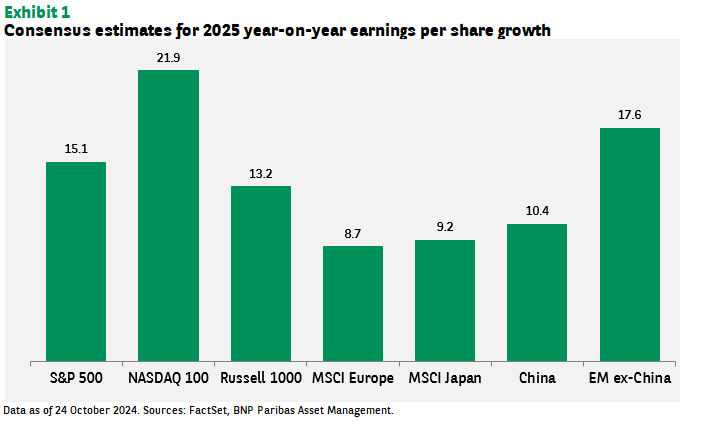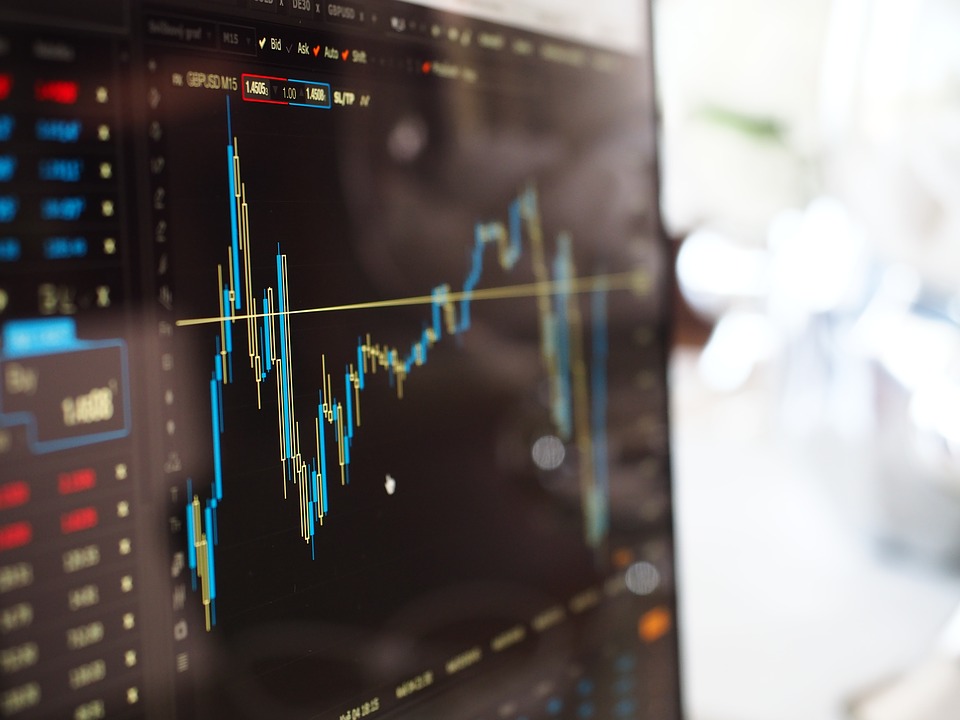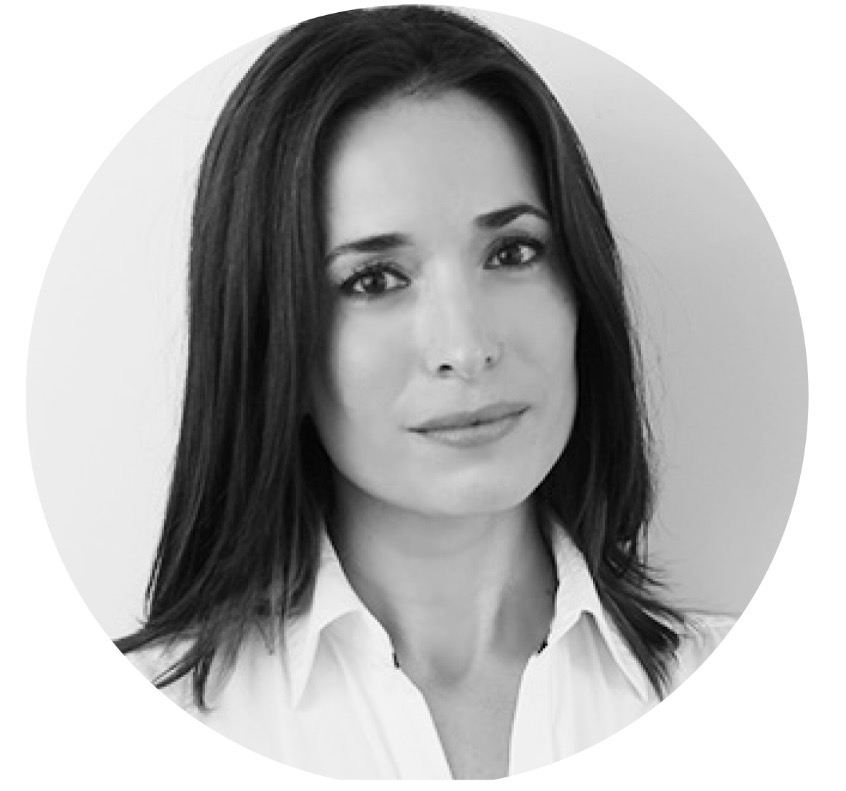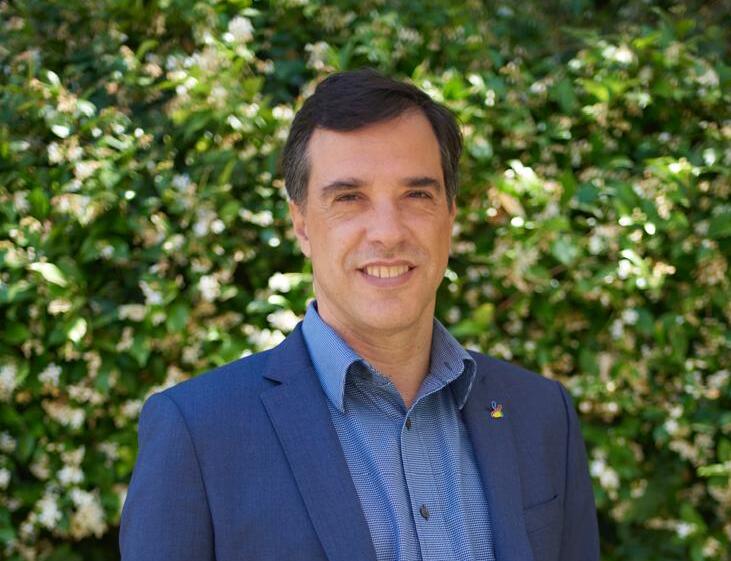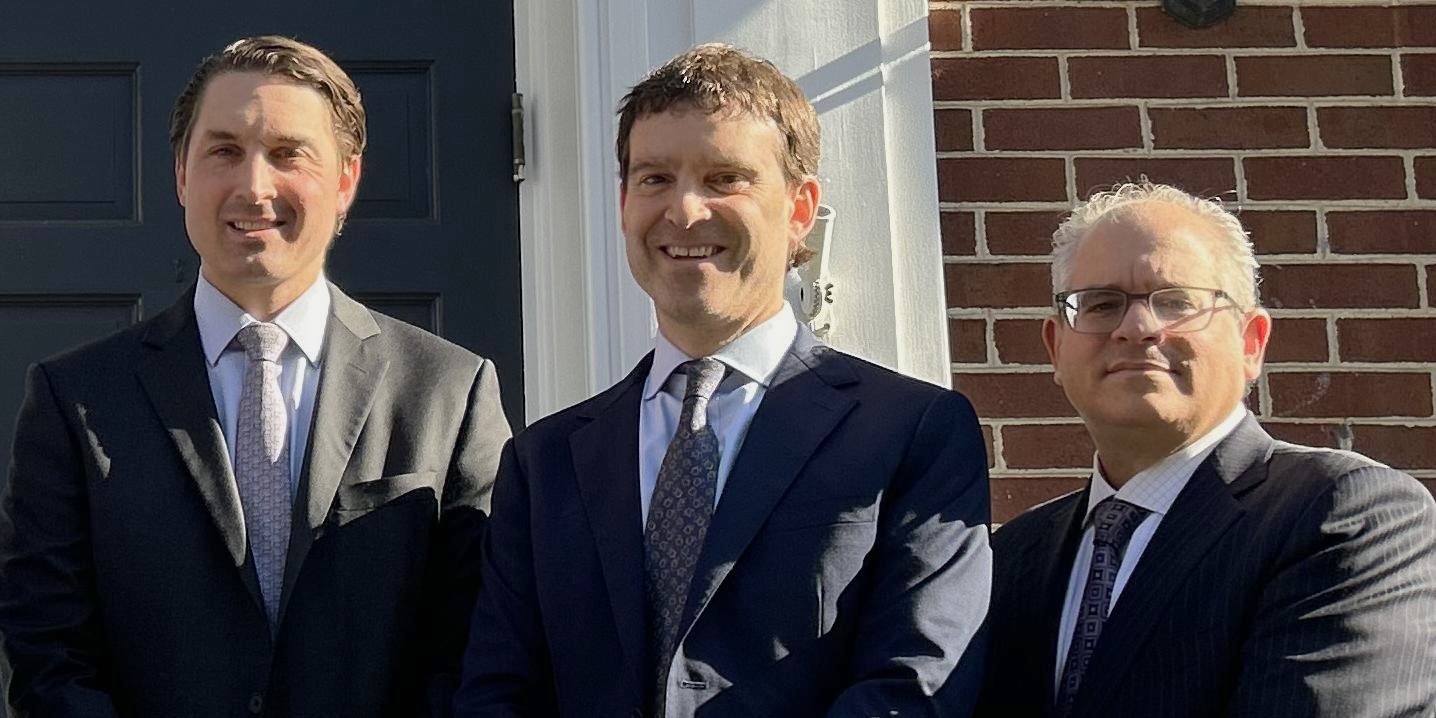SPVs vs. Structured Notes: Which is the better option?
| By Romina López | 0 Comentarios

Managing modern portfolios demands flexible and diversified financial instruments that enable the maximization of returns while managing risks efficiently. Two widely used instruments in this context are structured notes and special purpose vehicles (SPVs). While both serve specific purposes, their applications vary depending on project needs, portfolio structure, and investor risk profiles, explained the specialized firm FlexFunds.
To choose the most suitable instrument, portfolio managers must deeply understand the characteristics, uses, and risks associated with each tool, ensuring they align with their clients’ objectives and needs. Below, we examine the specifics of each option.
Structured notes
Structured notes are customized financial instruments that combine fixed-income elements with derivatives, offering managers potential returns tied to underlying assets like stocks, indices, or commodities.
When to use a structured note:
- Risk-adjusted return optimization
Structured notes enable tailored risk-return profiles. They are valuable for managing portfolios focused on capital preservation while capturing moderate returns. - Access to complex assets
Portfolios seeking exposure to hard-to-trade or replicate assets (e.g., custom indices or baskets of stocks) can use structured notes as an efficient solution. - Risk hedging
These instruments allow for hedging strategies, such as market downturn protection, often at a lower cost than directly trading derivatives. - Cash flow management
Structured notes offer flexibility in terms of maturity and coupon payments, facilitating integration into portfolios with specific liquidity needs.
Risks:
- Counterparty risk: They rely on the issuer’s solvency, typically banks or financial institutions. If the issuer defaults, the investment could be lost.
- Illiquidity: These notes are illiquid and challenging to sell before maturity.
- Complexity and transparency: Their structure can be difficult to understand, and associated fees may lack transparency, potentially negatively impacting the investor.
SPVs (Special Purpose Vehicles)
An SPV is a separate legal entity created to manage specific assets or risks, isolating these operations from the parent company. These structures are commonly used in asset securitization and specific projects.
When to use an SPV:
- Risk isolation: SPVs separate risks associated with specific assets from the parent company’s general balance sheet, protecting both investors and the parent company.
- Financial flexibility: They enable capital raising through tailored instruments, such as bonds or structured investment vehicles.
- Risk distribution: Funded by multiple investors, SPVs distribute risks among participants.
- Cost efficiency: Depending on the jurisdiction, SPVs may be more cost-effective to establish compared to other alternatives.
- Management of complex assets: For portfolios including illiquid or high-risk assets, SPVs simplify the repackaging, valuation, and sale of these assets.
Risks:
- Operational complexity: Structuring and managing an SPV can be complicated and require technical expertise.
- Transparency issues: Legal separation does not always fully eliminate reputational or financial risks to the parent company.
- Market exposure: SPV performance depends on the assets it manages; if these assets underperform, investors may face losses.
Both instruments offer significant benefits, but the choice depends on portfolio objectives and strategies. Structured notes are suitable for managers seeking diversification with some level of protection, while SPVs are ideal for specific projects or asset structuring. The key is to carefully evaluate the risks, costs, and benefits of each option before making investment decisions. The table below summarizes the main differences between these instruments.

As a leader in creating investment vehicles through Irish SPVs, FlexFunds simplifies a process traditionally seen as complex and costly. Thanks to our expertise and innovative approach, we enable portfolio managers to design investment structures tailored to their strategies, achieving faster and more cost-efficient execution.
By combining the advantages of structured notes and SPVs, FlexFunds offers customized solutions that maximize efficiency in capital raising and distribution. These solutions are also cost efficient, as they can be issued in half the time and cost associated with conventional alternatives.
To explore how FlexFunds can enhance your investment strategy in international capital markets, don’t hesitate to contact our specialists at info@flexfunds.com





